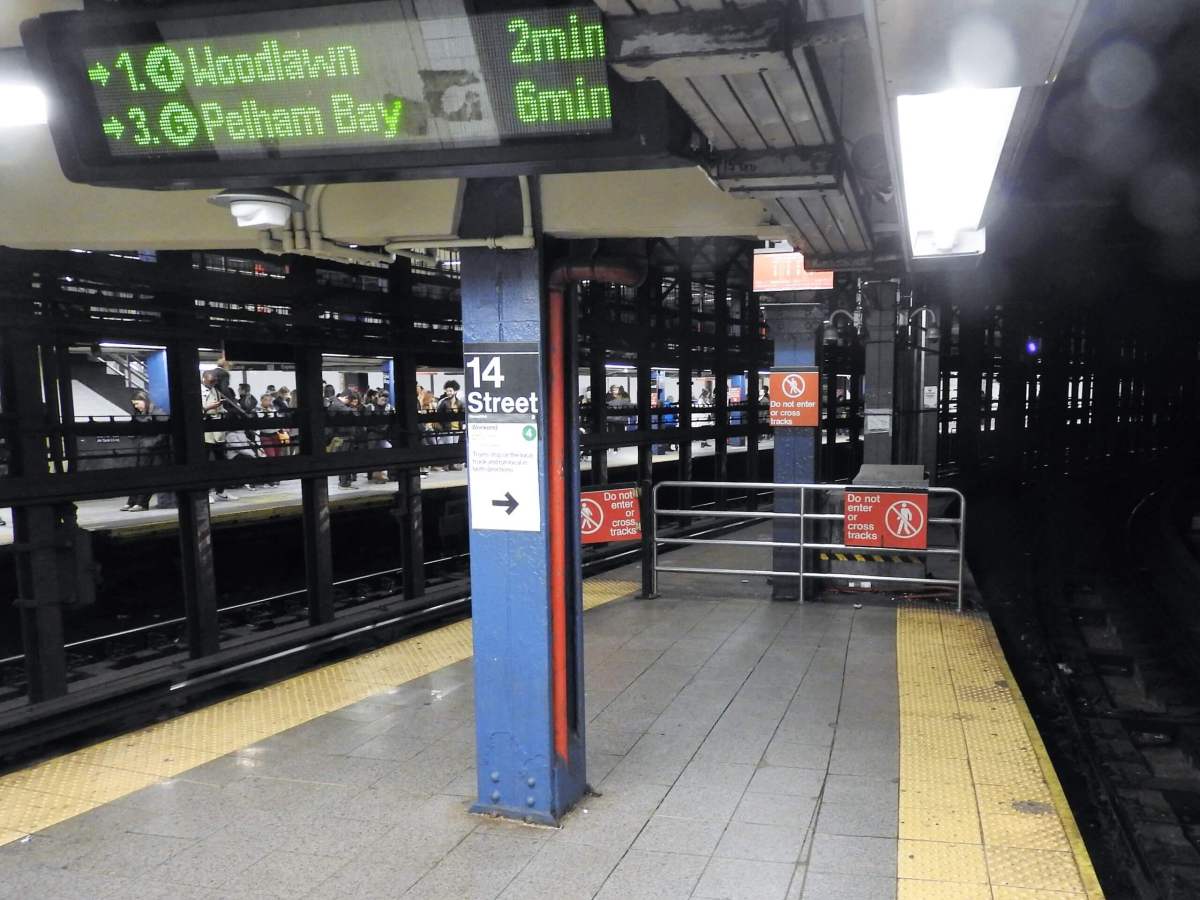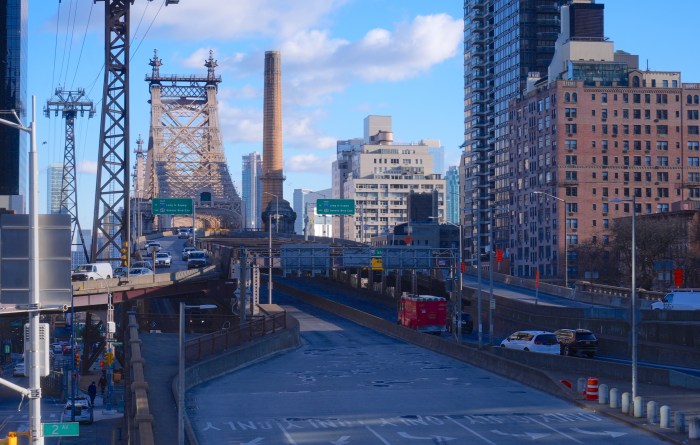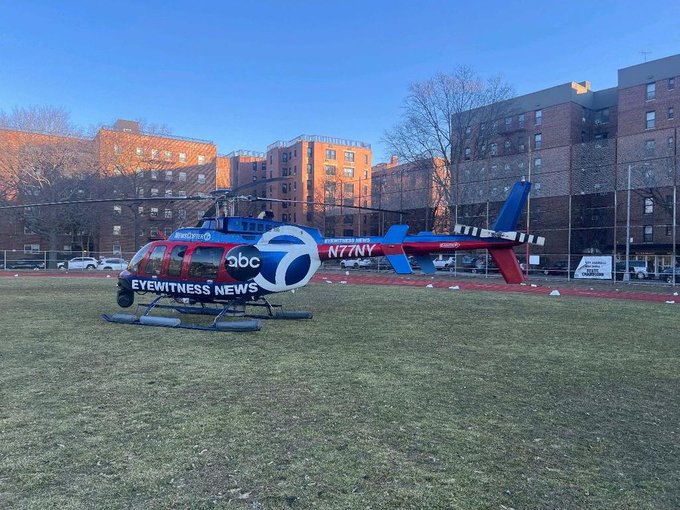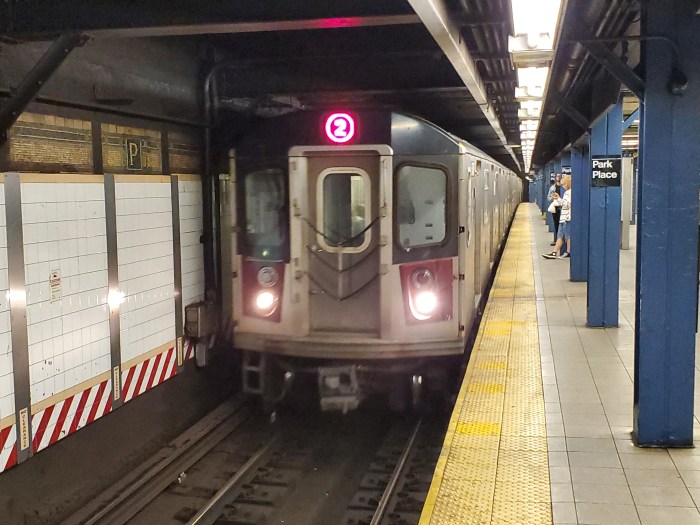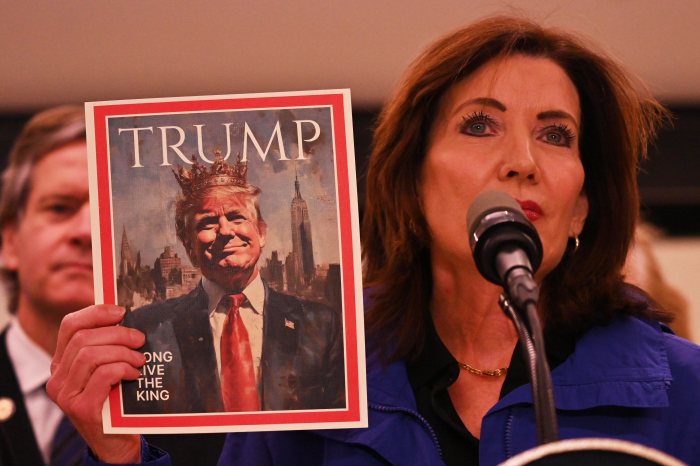When trains enter and leave the Union Square 4/5/6 platforms, riders halt their conversations and muffle their ears. The screeching sound of the train on the curved track is so loud that, even at slow speed, it reaches painful levels. But how loud does it actually get?
A decade after amNewYork measured noise in the subway system, we went out again to find out. We learned that the results haven’t budged — and that transit officials are struggling to reduce the screeching.
Using a handheld sound measuring device, we measured noise peaks of arriving trains on the uptown and downtown 4/5/6 platforms at Union Square ranging from 96 to 107 decibels (dBA). Exposure to 100 dBA for more than 15 minutes a day substantially increases the risk of hearing loss, according to the National Institute for Occupational Safety and Health.
The problems are not isolated at Union Square.
Across much of the city’s 119-year-old subway system, noise remains a pervasive issue. Other stops we visited to take measurements include 59th St.-Columbus Circle, where noise levels on the downtown 1 platform peak at 105 dBA. On the Astor Place uptown 6 platform, passing 4 and 5 express trains reached 107 dBA.
There are, of course, also quieter stations. At the B/C 81st St. stop, for example, we measured a maximum of 89 dBA.
For reference, a vacuum cleaner typically reaches around 70 dBA. To the human ear, a subway train passing at 100 dBA appears about eight times as loud as that. That is because decibels are logarithmic: the loudness of a sound, as it appears to the human ear, is generally considered to double with every 10 decibels.
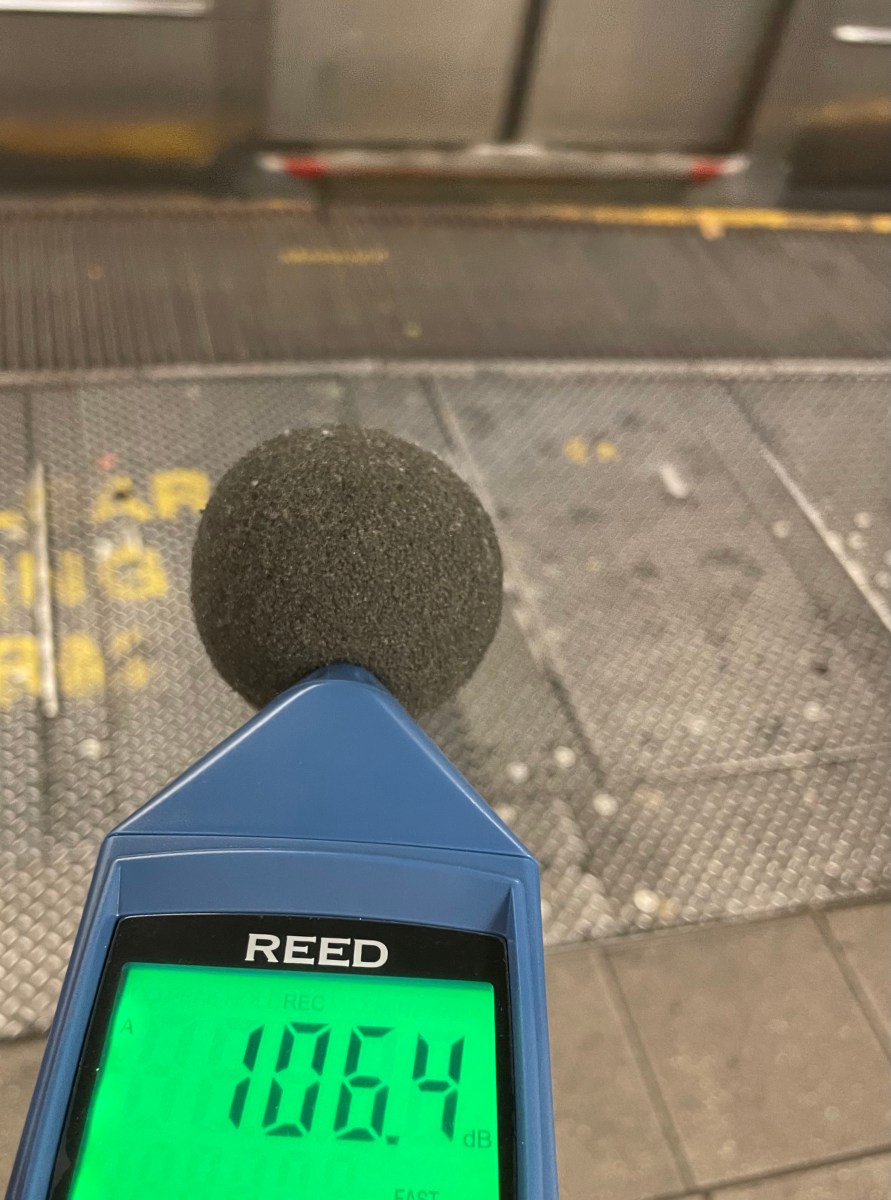
The good news is that brief, intermittent exposure to noise levels this high is much less dangerous than continued exposure. Subway workers, who are exposed to hazardous decibel levels for much more constant periods of time, wear hearing protection for this exact reason.
Over time, however, the many loud noises New Yorkers are exposed to on a daily basis can not only negatively impact hearing, they can also lead to many other health issues, such as high blood pressure, poor sleep or anxiety.
“It’s cumulative,” said Dr. Sujana Chandrasekhar, a leading expert on hearing and the current president of the American Otological Society. “You are not commuting to your monastery; you are commuting to another place that has noise.”
New Yorkers are no strangers to noise. A 2012 study found that about 9 in 10 New Yorkers are exposed to noise levels exceeding the limit recommended by the Environmental Protection Agency.
The MTA has worked on reducing noise for several decades. Its Noise Abatement Program was established in 1974 to feature noise reduction treatments in other ongoing capital and operating programs.
Two years after amNY went out the last time to measure noise levels in the subway system, the MTA began releasing annual noise reduction reports in 2015, increasing transparency on the agency’s efforts to reduce noise.
According to its 2023 Noise Reduction Report, the MTA spent $32.8 million on material costs for noise mitigation efforts that year — the bulk of which went to track replacements ($24.3 million).
When asked for comment on what steps have been taken in the last 10 years to reduce noise specifically on the notoriously loud Union Square 4/5/6 platforms, an MTA spokesperson highlighted the strong effect the station’s curved tracks have on noise.
“NYC Transit regularly uses lubricators to reduce as much friction as possible in order to tamp down the noise,” the spokesperson said.
How much the MTA can invest in noise reduction in the future remains uncertain: Faced with an unprecedented gap in funding that was widened even further by the governor’s halt of the congestion pricing program, the MTA is for now reassessing its capital needs to focus on projects that keep the system operational.
With many projects on the chopping board, it is unclear what priority noise reduction treatments take for the MTA. (The agency did not respond to our request for comment when asked.)
For now, there is an easy step to reduce risks from temporary exposure to loud noises in the subway system and beyond.
“Just chuck your fingers into your ear for that moment, and that’s actually enough,” said Dr. Chandrasekhar. “By blocking the ear canal, you block about 20 decibels of that sound.”



